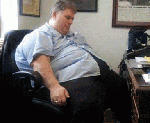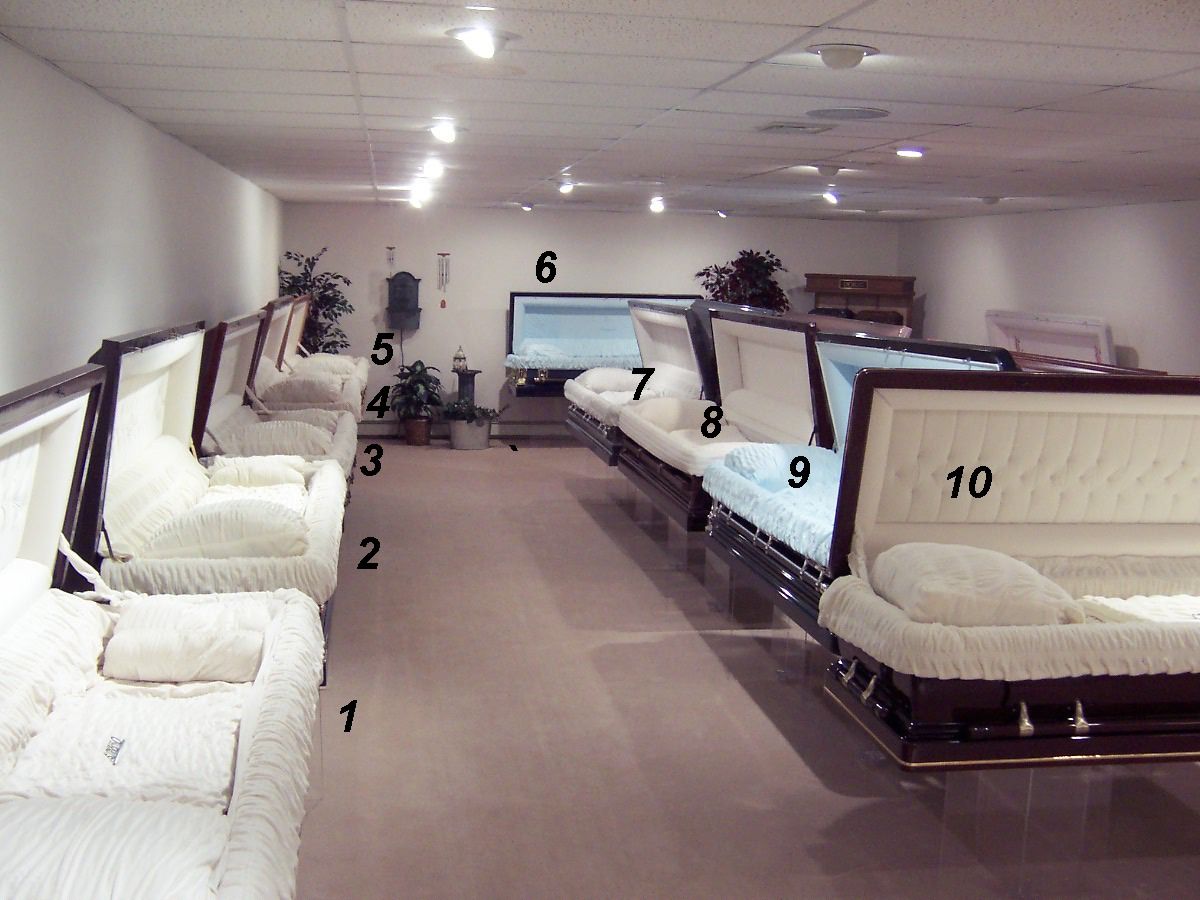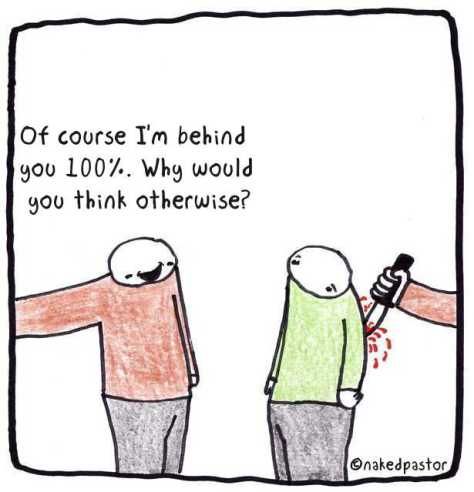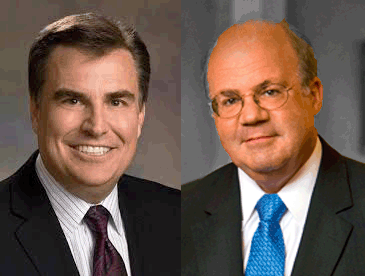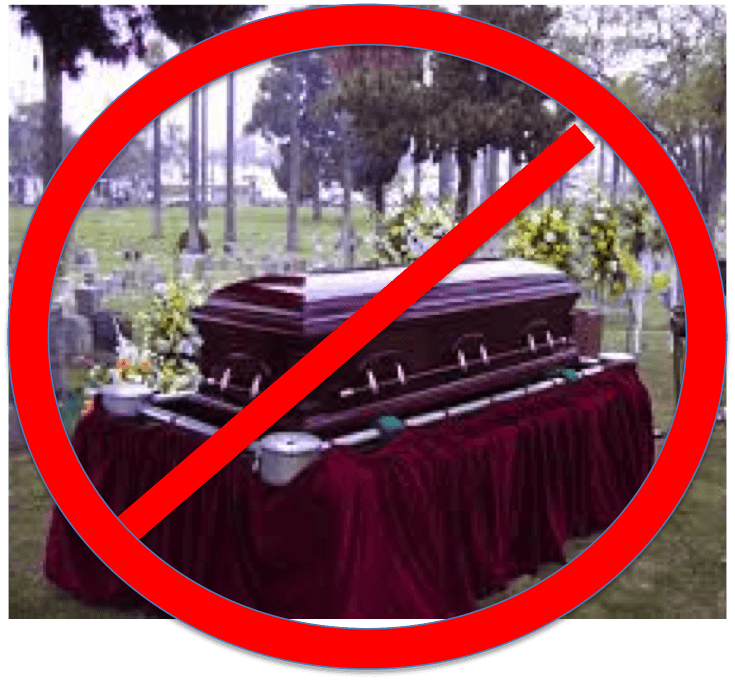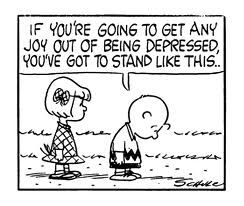Staff shortages among licensed professions have been successfully addressed by changing the model in the medical and legal professions. The solution is simple: focus skilled licensed staff on the right duties and supplement them with trained lower level staff. The result: Licensees handle more cases, work fewer hours, produce more income and, as a byproduct, are happier in their work.
I became aware of such a working model in funeral service last year and traced it to my friend David Tudor. I asked David to briefly share his insights with us.
Alan Creedy
The Highest and Best Use Model For Funeral Home Staff Management
Softening revenue resulting from increased cremation has funeral home profitability very much compromised. In addition to reduced revenue, appropriate profitability has a direct correlation to wages and benefits paid to staff for delivering at need funeral services. Wage costs along with associated benefits often are 45% or more of sales; when, in fact, this ratio should be less than 40% combined.
Since the highest paid employees are often licensed funeral directors it is here we should first focus on determining optimum wage utilization. Consider that a typical at need service requires about forty (40) hours of staff time. Of this total less than ten (10) hours are required to be licensed time. Care must be taken to assure many of the ancillary, non-licensed duties do not involve an inordinate amount of a director’s time.
Increasing staff utilization doesn’t mean working harder…just smarter. A LFD earns premium earnings for applying his/her skills and experience arranging, directing and embalming. Therefore providing structure and support to minimize their time with non-licensed duties must be continually addressed. Accomplishing this is not a matter of directive, but in fact a defined staffing approach and structure. Elements of this include:
Director of Operations (DFSO) – Someone designated to oversee, coordinate and assign new at need cases…not leaving it for a collegial staff discussion. The DFSO also determines the staffing coverage for services, including the assigning of non-licensed part timers for ancillary support duties. This frees directors for the next licensed obligation.
A Pool of Part Time Associates – Using the medical term “PRN;” (use as needed) these are individuals, notified today, for a service need tomorrow. This PRN pool should contain about three (3) to four (4) people per every 100 annual funeral home cases.
About this Pool
- They must be recruited, sought out, don’t wait for them to show up at your door.
- There are usually three (3) categories of PRN’s:
Visitation Associates – greeters at visitation.
Funeral Service Associates – perform all the ancillary, non-licensed tasks of a LFD.
Transfer staff – physically qualified for first call duties.
- They must be trained in your methods and practices (Use of a job description as a training guide makes orientation and training easy and effective.)
- Compensation can be an hourly rate, perhaps with a 3 hour minimum or a flat fee. Often they are paid a small stipend to be on call for night transfer duty.
- The pool will have turnover, do not let that deter you. Keep focus on maintaining a full complement of part time associates. Consider maintaining a pool of three (3) people per 100 annual calls.
If a LFD can be supported to increase his/her license utilization from 65% to 80% that will mean handling 20 more at need cases per year. (Ninety (90) percent plus utilization should be the goal and is comfortably attainable.) Implementing a PRN pool to support two (2) or three (3) LFD’s can easily mean not hiring another LFD.
A large client of mine, realized this advantage years ago. By increasing their part time staff over a 3 year period, and through attrition reduced their licensed staff more than 60%. Included with the new staff model, their previous sixty (60) hour workweek schedule was reduced to just over forty (40) hours, with no decrease in compensation to staff associates.
In states that allow non-licensed transfers the benefit for the firm and LFD is even greater. Firms create a pool of two (2) to three (3) part time non-licensed individuals. (Trauma experienced first responders are excellent candidates.) The LFD on call coordinates the night transfer from a “bedside – station.”
Bottom Line – To increase your bottom line, don’t burden yourself with misdirecting the use of a licensed associate.
David Tudor is President of The Directions Group, Asheville, NC.
David’s counsel has benefited funeral homes nation-wide for over four (4) decades.
thetudors@charter.net
 Last week’s blog sparked a lively conversation on and offline about clothing. From those conversations I think it might help to add one more insight.
Last week’s blog sparked a lively conversation on and offline about clothing. From those conversations I think it might help to add one more insight.


